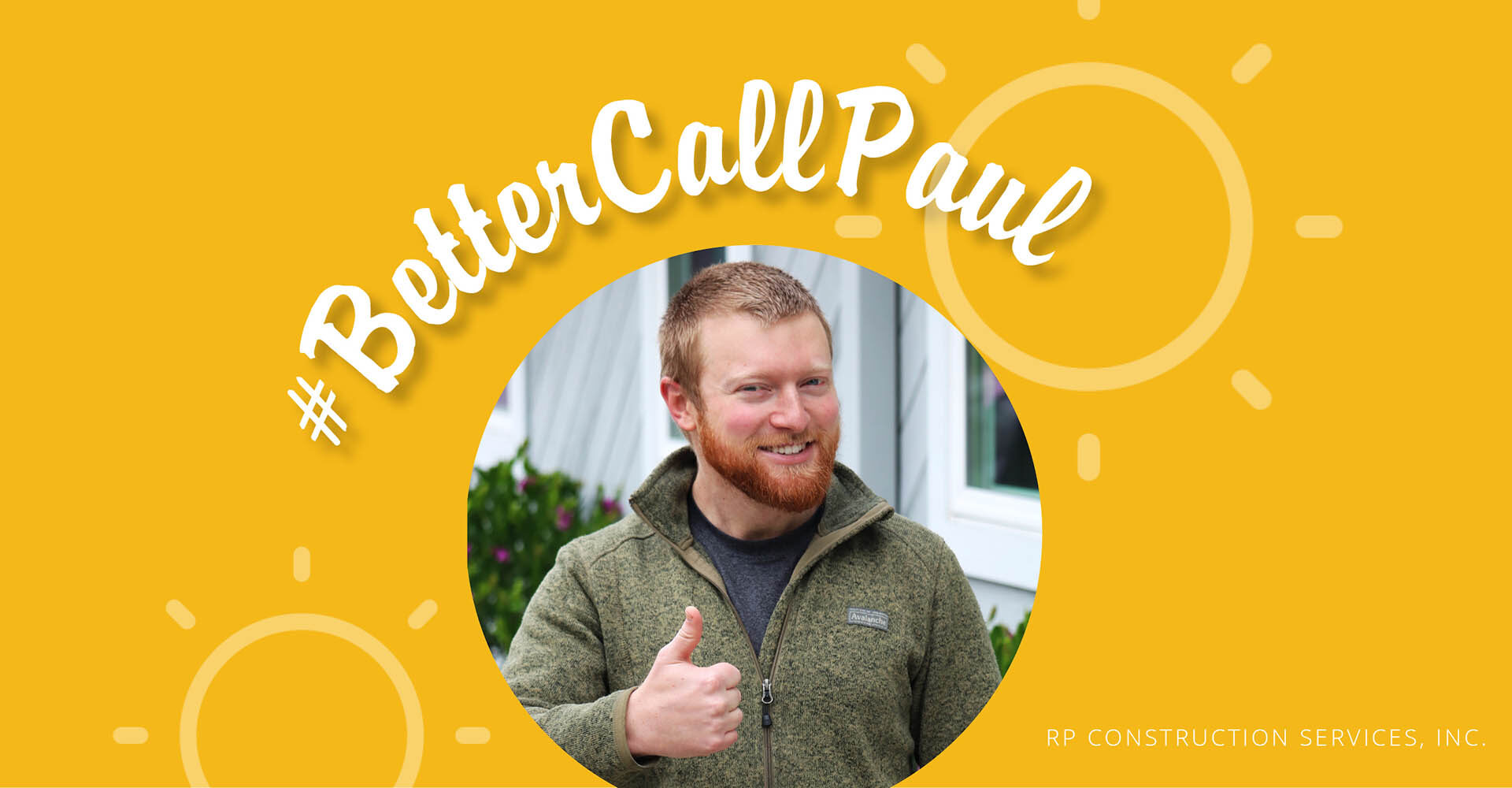How does RPCS engineer specifically for snow load in regions with heavy snowfall?
During the holidays, we at RPCS feel that snow is one topic that’s on everyone’s mind. Although snow can be one of the loveliest parts of winter, there are some considerations that need to be made when snow is abundant in a construction location. Fortunately, RPCS and Array Technologies are fully equipped to brave the winter with innovative design methods that greatly reduce the impact of snow on a tracker system.
Often the main concern with snow is whether it will compact on top of the modules and add weight across the foundation posts. More weight on the foundations means that they would need to be built stronger, which could affect cost. Thankfully, Array Technologies has developed a controller setting known as “Snow Mode” which keeps the tracker at an angle when the sun isn’t out (when the snowfall tends to be greatest). The steep module incline allows the snow to run off during the heavy snow hours and keeps the loading at a minimum until the sun comes out and the module row begins tracking.
Snow Mode has been shown to greatly reduce the cost of foundations without compromising the structural integrity. In fact, the Snow Mode setting automatically puts the tracker in its strongest position when the sun isn’t shining. This keeps the bearing stops securely against the housing in wind events as well as snow events, which effectively braces the tracker for any worst-case weather occurrences. Snow Mode can be administered at the time of commissioning with ease by one of our RPCS commissioning team members without additional cost to the controller or motor unit.
Array’s ability to best the snow has other positive affects as well. Because snowfall increases the irradiance of a site, it is common to see advantages in system production in snowy areas. This may be a bit counterintuitive to customers who are new to solar, but the principle is much like that where a person can get badly sunburned when they go skiing if the sun is out. The reflective nature of the snow actually amplifies the light in such a way that the solar modules may experience an increase in production because of it—and since the Array tracker is so capable of handling the downpour, it makes the Array tracker a very attractive purchase for snowy regions.
All told, we at RPCS say, “Let it snow!” We are prepared and even welcome the opportunity to design for snowy environments with the Array tracker. Happy Holidays to all, and we look forward to seeing you on solar sites (rain, snow, sleet, clear day, or otherwise) in the coming years.
Meet Paul Towber
RPCS Manager of Project Design
In RPCS’s #BetterCallPaul segment, Paul answers your frequently asked engineering-related questions while offering unique insights into RPCS’s project design challenges, solutions, and expertise.
Have an engineering question? Ask Paul!
Submit your queries to info@rpcs.com for a chance to
have your question answered in future segments.

